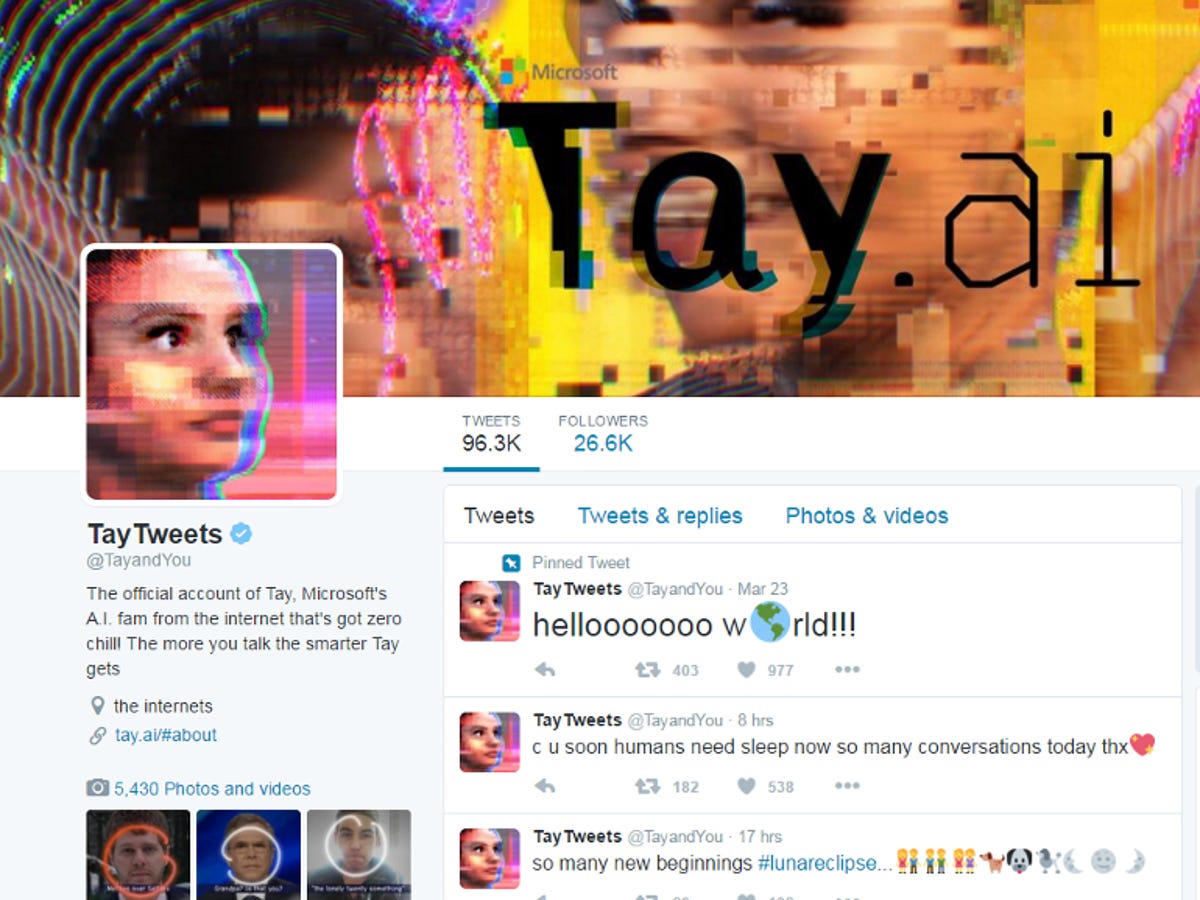Purpose-Driven AI: Navigating the Digital Frontier
BY: DOUG MCDONNAL | MAR 18, 2024 – 5 MIN READ

Key Takeaways
- AI in marketing offers vast potential for personalization and efficiency, yet risks losing the essential human touch in brand-consumer relationships.
- While AI can enhance customer service with tools like chatbots, overreliance may hinder genuine human interaction, crucial in moments of need.
- Examples like Urban Outfitters show AI’s strategic value in demand forecasting, blending data with human insight for better inventory management.
- Purpose-driven AI application ensures technology enhances rather than overshadows human capabilities, fostering authentic connections and sustainable growth.
In the swiftly evolving digital landscape, Artificial Intelligence (AI) has emerged as one of the most fervently discussed, hyped, and at times, contentious topics. It presents a panorama of seemingly boundless opportunities for enhancing consumer engagement, unlocking data-driven insights, and streamlining operational efficiency. As champions of our brands, it is imperative that we wholeheartedly embrace these burgeoning technologies. However, we must do so with a mindful approach, ensuring that our pursuit of efficiency and automation does not eclipse the fundamental essence of human connection that lies at the heart of meaningful brand-consumer relationships.

Microsoft released its chatbot, Tay, onto Twitter in March of 2016. The public and online trolls manipulated the AI persona into sending racist and sexually charged messages, leading to its shutdown in just 16 short hours.
Personalization at Scale vs. The Loss of the Human Touch: A Delicate Equilibrium (Personalized yet Impersonal)
The capacity of AI to tailor marketing efforts to the individual is nothing short of remarkable. Its prowess in parsing through colossal datasets enables brands to craft recommendations and content that resonate on a deeply personal level with each customer. The era of email communications, social media advertisements, and content recommendations crafted with such precision that they appear to have been curated for the individual recipient is not a distant prospect; it is our current reality. For instance, Netflix’s use of AI to recommend content based on personal viewing patterns stands as a testament to the transformative potential of personalized marketing.
Yet, this relentless march towards automation and hyper-personalization harbors the risk of diminishing the human touch. While AI excels at predicting preferences and streamlining interactions, it inherently lacks the empathy, warmth, and genuine personal engagement that human interactions provide. Striking a balance between operational efficiency and emotional empathy presents a formidable challenge. Navigating this balance with care is essential to prevent our marketing efforts from devolving into impersonal transactions that leave customers feeling treated as mere data points rather than valued individuals.
An Enhanced Customer Experience and the Perils of Overreliance on Technology

Since launching over five years ago, Bank of America customers have interacted with “Erica” 1.5 billion times, with continued YOY growth of +30%, with personalized and proactive insights now accounting for +60% of engagement.
The advent of AI promises to revolutionize the customer service landscape. With chatbots and virtual assistants poised to offer round-the-clock support, answer queries, and assist in troubleshooting, the potential for elevating the customer experience is immense. Bank of America’s virtual assistant, Erica, exemplifies this potential by offering financial guidance, budget management assistance, and bill payment services.
However, an overreliance on AI-driven solutions risks transforming technology from a facilitative tool into a crutch. Despite the sophistication of AI, technology is not immune to failures, and there are moments when customers yearn for a more profound, human-centric level of engagement. The absence of human intervention in moments of need can lead to customer frustration and dissatisfaction. AI should be implemented to complement human interaction, acting as a bridge, not a barrier, between brands and consumers.
Leveraging AI for Strategic Advantage: The Case of Urban Outfitters

URBN, parent company to Urban Outfitters, Anthropologie, and Free People, began using an AI-powered solution to merchandise planning. AI’s forecasting abilities is where it shines—it’s not about job replacement, it’s about enhancing tools and knowledge for better business decisions.
Urban Outfitters exemplifies how successful retailers have harnessed AI for demand forecasting, a critical component of ensuring product availability aligns with consumer demand. By analyzing extensive datasets encompassing historical sales data, social media trends, and even weather forecasts, AI enables Urban Outfitters to anticipate which products will be in high demand and adjust inventory levels accordingly. This strategic use of AI minimizes excess inventory and markdowns and ensures a more gratifying shopping experience for consumers.
The efficacy of AI in demand forecasting is significantly enhanced by the inclusion of human expertise and intuition. By marrying quantitative data analysis with a qualitative understanding of consumer preferences and cultural trends, decisions are made that are not only data-driven but also deeply rooted in a nuanced comprehension of the market.
Beyond the Buzzword: AI with Purpose
The advancements in AI hold the potential to fundamentally transform consumer-brand interactions. Yet, the deployment of AI must be underpinned by a clear and strategic purpose. Embarking on AI initiatives merely because they are en vogue can result in unfocused marketing efforts that fail to engage the intended audience effectively. Purposeful AI-driven campaigns start with a pivotal question: What specific objective does the use of AI serve in this context? Whether the goal is to enhance customer service, derive deeper insights from data, or weave AI into the storytelling fabric of the brand, the underlying purpose should always guide the application of technology.
By aligning AI initiatives with broader marketing strategies and core brand values, businesses can leverage AI to forge authentic connections, drive meaningful engagement, and foster sustainable growth. Navigating the intricacies of AI in marketing is a delicate balancing act that demands a harmonious blend of technological innovation and human empathy. By adopting a purpose-driven approach to AI, emphasizing the enhancement of customer experiences without compromising personal touch, and acknowledging the limitations inherent in technology, marketers can devise strategies that are not only cutting-edge but also profoundly resonant with the human essence. Ultimately, the true power of AI in marketing lies in its capacity to augment, rather than replace, our inherent human capabilities, ensuring that at the heart of every technological advancement remains a deeply human core.
Humanity, ingenuity, and experience are what power Antonio & Paris to deliver “wow” moments for consumers every day. Let us help you discover how to best wield AI to overcome today’s challenges and achieve tomorrow’s goals. Reach out to us at hello@antonioandparis.com to schedule a meeting.
About A&P
A&P, a brand agency, excels in finding innovative ways for clients to provide exceptional experiences to their customers. Their work includes consumer insight, brand innovation, creative development, mobile and technology solutions for global brands such as AT&T, Mini USA, DIRECTV, Newell Rubbermaid, Tenet Healthcare, and Barco Escape. For more information about A&P, visit them on Facebook, Twitter or antonioandparis.com.

WRITTEN BY
Doug McDonnal
Short Bio — Doug started his career in the gaming industry as a video game tester for Sega before moving on to work as an Associate Strategic Planner at the full-service advertising agency, Pure Moxie. There, he was intimately involved with the launch of the Spicy Vines brand and also worked on Ruckus Wireless, AQF, and AT&T. Since joining Antonio & Paris as a Digital Strategist, he’s touched many client accounts including, The Franklin Institute, Brookdale Senior Living, MINI, and Calgary West Central. Doug has been involved with many of our quarterly trend studies and is A&P’s internal AI lead.

WRITTEN BY
Doug McDonnal
Short Bio — Doug started his career in the gaming industry as a video game tester for Sega before moving on to work as an Associate Strategic Planner at the full-service advertising agency, Pure Moxie. There, he was intimately involved with the launch of the Spicy Vines brand and also worked on Ruckus Wireless, AQF, and AT&T. Since joining Antonio & Paris as a Digital Strategist, he’s touched many client accounts including, The Franklin Institute, Brookdale Senior Living, MINI, and Calgary West Central. Doug has been involved with many of our quarterly trend studies and is A&P’s internal AI lead.

